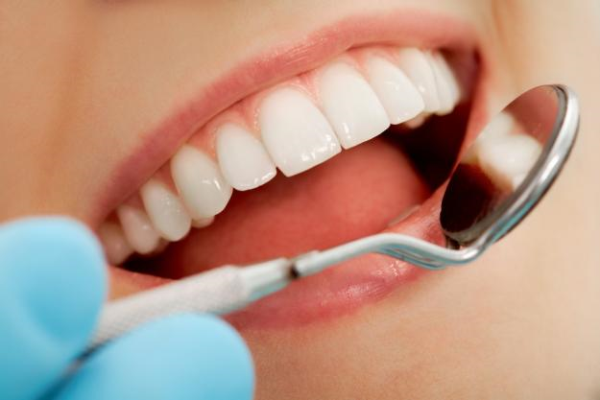A Gentle Dentist
A gentle dentist approaches a patient with an awareness that sudden lunges with instruments or aggressive hands probing inside the mouth are not necessary or appreciated. He or she has learned that a sincere, warm greeting, direct eye contact and an explanation to a patient of what will be done before an examination or dental treatment begins puts the patient at ease and relieves unnecessray anxiety.
Communicating frequently with a patient during treatment is important. Let them know what is planned, allowing them to modify treatment if situations have changed since the original plan was agreed to and receiving permission to proceed is a considerate necessity. During treatment appointments a caring dentist will often ask if the patient is still doing well, needs anything to be adjusted or would like to take a break.
Some patients have dental anxieties that can be minimized by having nitrous oxide offered or anxiety-relieving medications prescribed to make dental treatments easier. Gentle dentistry includes many options to keep patients comfortable during dental appointments and afterward.
Attention to detail during dental treatment and concern for how the patient will feel after the appointment are priorities for gentle dentists. Selecting the least invasive or traumatic actions when the gentle dentist is performing treatment will enable his or her patient to resume normal activities with the least amount of disruption.
Physical comfort while in the dental chair can include a blanket to keep a patient warm during treatment. Often the temperature that the dental treatment team feels comfortable is too cool for a recumbent, resting patient. Many patients have dry lips that can benefit from having lip ointment or Vaseline applied prior to having dental procedures. Because air and water are used extensively in most dental procedures, lips will dry out. Reapplying lip care will keep them soft and pliable and minimize trauma due to stretching of the mouth.
Placement of topical anesthetic gel on the gum prior to injecting local anesthetic makes for a much easier experience for the patient. The rate at which local anesthetic is administered makes a huge difference in the comfort level to the patient; the more slowly the content of a syringe is emptied the easier it is for the patient.
Local anesthetics have different lengths of time in which they provide the desired numbing characteristics. Short dental procedures may require no anesthetic or a short-acting one. Some dental surgical procedures may indicate the need for a longer lasting (6- 8 hour) time span. A gentle dentist will choose the appropriate type of anesthetic best suited for each procedure.
A gentle dentist will be as concerned for how well a patient does after treatment as during treatment. Instructions should be given to the patient for what limitations or expected immediate reactions are anticipated following a dental procedure. If pain medications, antibiotics or written instructions are in order, they should be given and the patient encouraged to ask questions at that time or later, if they should arise. A follow up phone call by the dentist or a staff member is a sign that a gentle, caring dentist is on your case. In our opinion, a gentle dentist is the only kind of dentist to have… be sure to find yours.
